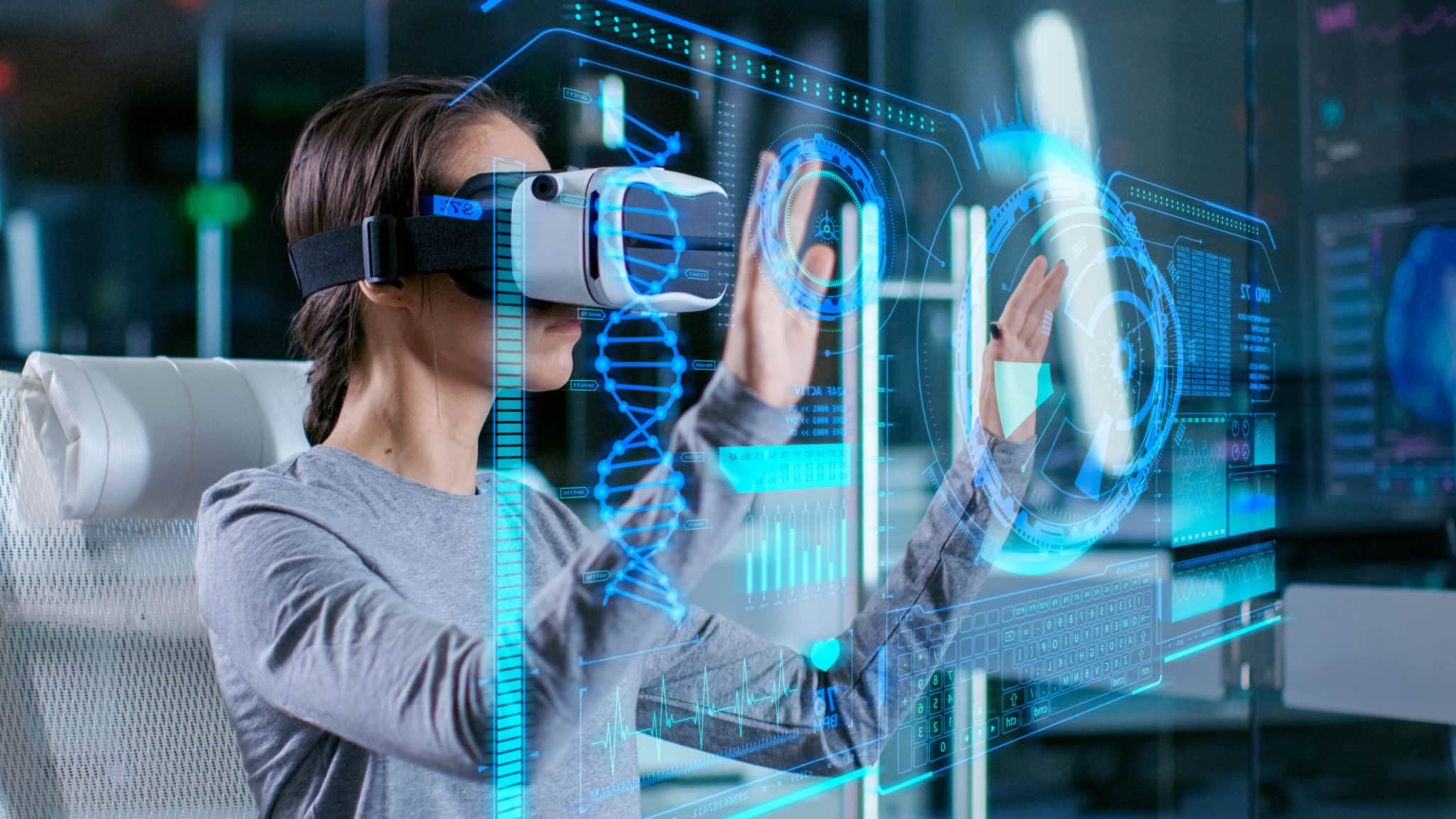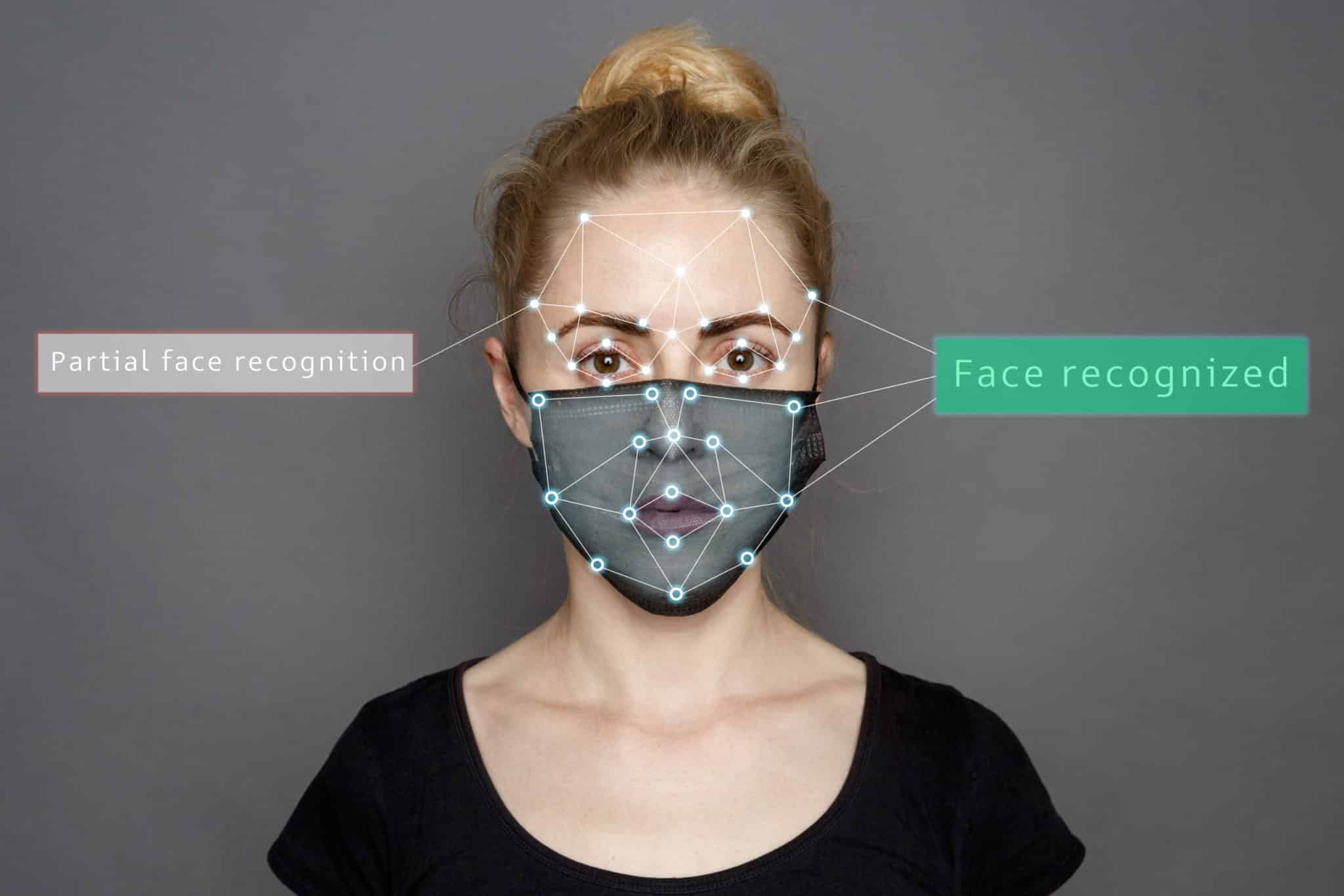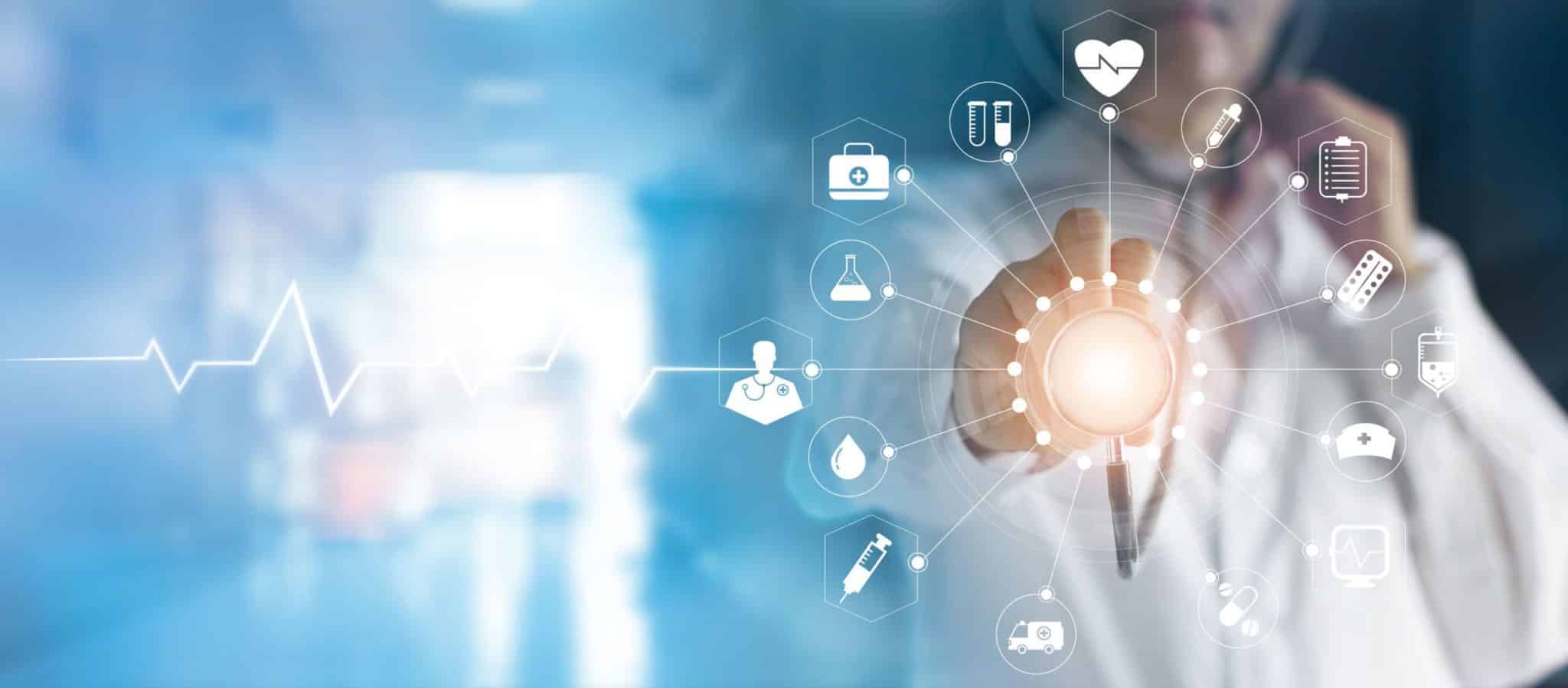Did you know that medical technology has come a long way in the past few years?
Now medical technologies can help improve your health in ways you never thought possible.
This post will discuss some of the most mind-blowing medical technology facts you probably didn’t know.
What Are the 17 Healthcare Facts We Chose to Outline for 2023?
Healthcare is an increasingly critical and dynamic field, especially in light of the challenges posed by the ongoing COVID-19 pandemic. To prepare for a future of better and more accessible healthcare, it is important to familiarize oneself with potential changes that may be on the way.
Here, we explore 17 healthcare facts that will likely come into play over the next few years. By 2023, advances in healthcare technology and data analysis will dramatically change how we experience and receive care.
For example, artificial intelligence (AI) will be increasingly used to automate routine tasks within healthcare organizations. Additionally, there will be an increased focus on remote health monitoring and patient engagement tools as telemedicine continue to expand its reach across the US.
Fact 1: Algorithms Can Diagnose Patients
In medical research, algorithms have already been used to make medical diagnoses more accurately than physicians.
Soon, AI-enabled medical devices and software applications could detect health conditions before they manifest themselves in a patient’s body.
Fact 2: AI Can Detect Pandemics
AI’s ability to detect pandemics has improved drastically in recent years. With advancements in artificial intelligence and machine learning technology, AI can now accurately identify patterns and anomalies in large datasets that previous methods could not detect.
This allows it to predict the emergence of pandemics with greater accuracy and earlier than ever. For example, AI-driven models have successfully detected early signs of disease outbreaks such as the Zika virus.
AI can also efficiently manage patient data during a pandemic, automate diagnosis processes, reduce the workload of healthcare professionals, and reduce the risk of contagion by distributing treatments more effectively.
Fact 3: Augmented Reality is Used for Surgery
Augmented reality (AR) is used to provide medical professionals with unprecedented situational awareness during medical procedures.
The technology enables medical professionals to visualize anatomical structures and digital medical images in real time, allowing them to make more informed decisions about a patient’s care. Additionally, AR can be used for surgical navigation and medical training.

Fact 4: Nearly 10 Billion Spent on Resources Ratings
In 2019, medical organizations spent nearly $10 billion on medical resources ratings.
These medical resource ratings provide medical professionals with accurate information about medical devices and treatments that can be used to improve outcomes for their patients.
Fact 5: Drones Can Be Used to Collect Blood Samples
In medical emergencies, such as when blood needs to be collected for testing, drones can now be used to transport samples quickly and safely.
Drones are equipped with medical-grade sensors that allow them to accurately collect medical data from patients without increased risk of contamination. This is particularly useful in remote locations where medical resources may not be available.
Fact 6: Alexa is Working on Diagnosing a Cold
Medical companies are now using voice-enabled medical technologies, such as Alexa, to provide medical advice and diagnose medical conditions.
For example, Alexa is currently working on providing medical advice and even diagnosing a cold.
Soon, voice-enabled medical technology could be essential to any medical organization’s arsenal in providing medical advice and accurate medical diagnoses.
Fact 7: Healthcare Chatbots are Becoming More Popular
One of the most notable healthcare facts for 2023 is the increasing popularity of healthcare chatbots. Artificial intelligence (AI) and natural language processing (NLP) are becoming more integrated with healthcare systems as technology advances.
Healthcare chatbots can provide patients and providers with real-time answers to medical questions and access to medical records, as well as make appointments, check symptoms, and even track vital signs.
Additionally, this technology can be used as an interactive diagnostic tool between patient and provider.
Healthcare Chatbots can also alert users of potential health risks based on their lifestyle habits.
This makes it easier for individuals to take preventative measures against certain conditions before they develop into something more serious.
Fact 8: Virtual Reality is Used to Treat PTSD
Virtual reality (VR) has become an increasingly popular method for treating post-traumatic stress disorder (PTSD). VR involves using a headset, which provides 3D visuals and sound that the patient interacts with to simulate a realistic environment.
This environment immerses the patient in the memory or event that caused their trauma and allows them to re-experience it in a more controlled setting. With trained professionals guiding them through the experience, patients can safely address their issues without feeling overwhelmed.
Fact 9: Robot-assisted Surgery is Becoming More Common
Robot-assisted surgery is becoming increasingly common in healthcare and is expected to continue this trend through 2023.
This type of surgery has several advantages over traditional open or laparoscopic surgery, such as increased precision due to the robotic arms’ steadier movements and ability to reach small areas within the body.
Using robotics also enhances the surgeon’s visualization during the procedure, providing them with a three-dimensional image rather than a two-dimensional one from a camera.
In addition, robotic surgery can be performed with smaller incisions than traditional methods, resulting in reduced trauma to surrounding tissue and faster patient healing times.
It also reduces the risk of infection since fewer surgical instruments enter and leave the patient’s body.
Fact 10: Facial Recognition Works With a Facemask On
Facial recognition technology enables healthcare providers to quickly and securely identify patients and staff members, even when wearing a facemask.
Facial recognition can be used for identity authentications and access to medical records, making it an invaluable tool for improving patient safety and quality of care.
With its ability to detect whether individuals are wearing masks, facial recognition can help prevent unauthorized personnel from gaining access to sensitive areas. Facial recognition systems also allow healthcare providers to easily track who has entered and exited a room or building at any given time.
This makes it easy to identify any potential security breaches that may have occurred. Moreover, by recognizing faces with accuracy even when masks are worn, facial recognition can help ensure accurate patient identification at the point of registration or during medical treatments.

Fact 11: AI is Improving Radiology Imaging
AI is being used to improve medical imaging, specifically in radiology. AI-powered algorithms can detect medical images more accurately than traditional methods and flag issues that human radiologists would otherwise miss.
This improved accuracy helps healthcare providers make better-informed treatment decisions and reduce misdiagnoses.
AI-powered medical imaging can also detect medical issues much earlier than traditional methods, which helps to reduce the need for more invasive medical procedures.
AI can even help medical professionals determine the most suitable treatment course for each patient by looking at their medical history and current medical images.
Fact 12: The Global Medical Device Market Will be Worth Over 500 Billion in 2023
According to industry experts, the global medical device market is expected to be worth more than $500 billion US dollars in 2023.
The growth of this sector can be attributed to several factors, including the aging population and an increased number of chronic health conditions requiring medical device treatment.
Additionally, emerging technologies such as artificial intelligence (AI) and 3D printing have enabled manufacturers to create innovative new products for treating patients more effectively.
The continued development of these technologies will also play a large part in driving the market’s growth well beyond 2023.
Fact 13: Telehealth Care is Growing Rapidly
Telehealth care has been growing rapidly over the past few years due to advancements in medical technology.
This form of medical treatment allows providers to remotely assess and treat patients, eliminating the need for a physical visit to a medical facility.
This can be beneficial for both patients and medical professionals as it does the following:
- Reduces wait times
- Decreases medical costs
- Improves access to specialized care such as counseling therapy
Telehealth care is becoming increasingly prevalent in many healthcare systems as medical technology continues to improve.
In addition, the COVID-19 pandemic has further accelerated telehealth’s growth due to the need for social distancing measures. As medical technology advances, telehealth care will likely become even more accessible in business as well.
Fact 14: By 2025, It’s Projected 1 In Every 3 Adults Wear a Fitness Tracker
By 2025, it’s projected that one in every three adults will be wearing a fitness tracker, giving them convenient and accurate access to their fitness information.
Fitness trackers allow users to track the following:
- Heart rate
- Calories burned
- Number of steps taken
- Sleep quality and duration
The data collected by these devices can give users a better understanding of their overall health and help them make informed decisions about their physical health.
Fact 15: Physicians Spend 12 Hours a Week Online For Professional Purposes
Physicians increasingly rely on digital platforms and technologies in the modern healthcare system to communicate with patients, access resources, and stay up-to-date on the latest research.
As a result, it’s estimated that by 2023, physicians will spend, on average, 12 hours a week online for professional purposes. This is a substantial shift from previous years when doctors typically spent only one or two hours a day working online.
What does this mean for healthcare workers in the future? From improved accuracy in records and diagnoses to enhanced communication between medical staff and patients, this will revolutionize how medical care is administered.
For example, digital tools such as CRM for healthcare increase convenience and cost savings for both providers and patients.
Fact 16: 1 in 3 Physicians Communicate With Their Patients Via Email In 2023
In 2023, email communication between physicians and their patients is expected to become even more commonplace.
The potential benefits of utilizing email communications are numerous. Email communication allows for quick and easy contact between doctor and patient without the need for long waits at a clinic or hospital.
It also allows for useful information about different treatments or medications to be shared easily and quickly.
Email marketing in healthcare is also becoming increasingly important for medical practitioners and facilities as medical technology advances.
As medical technology continues to improve, so too will the way medical professionals communicate with their patients. Email communication is expected to become even more commonplace by 2023 and beyond.
Fact 17: Wearable Medical Technology Can Track Vital Signs and Warn Medical Professionals
Wearable medical technology has made great strides in recent years and is expected to continue advancing rapidly in 2023. This technology can track vital signs like heart rate and respiratory rate and other health metrics such as body temperature, hydration levels, and physical activity.
It can also detect indicators of potential medical conditions or illnesses, such as changes in blood pressure or irregular heart rhythms.
Wearable medical technology can provide early diagnosis and effective treatment of serious conditions by monitoring these vital signs and warning medical professionals when something appears to be amiss.
Additionally, this technology makes it possible for healthcare providers to monitor their patients’ activities remotely without the need for frequent clinic visits.
Sometimes, healthcare providers can even use data from the devices to create personalized medication regimens for their patients.
Wrap Up
The medical technology of 2023 is expected to be even more advanced than currently available.
By utilizing the future medical technology, medical professionals will be able to provide better care for their patients and more effectively diagnose medical conditions.
In the end, medical technology has great potential to improve the outcomes of medical treatments while reducing costs and providing convenience.
Do you have any questions about current medical technology facts? Let us know in the comments below!

